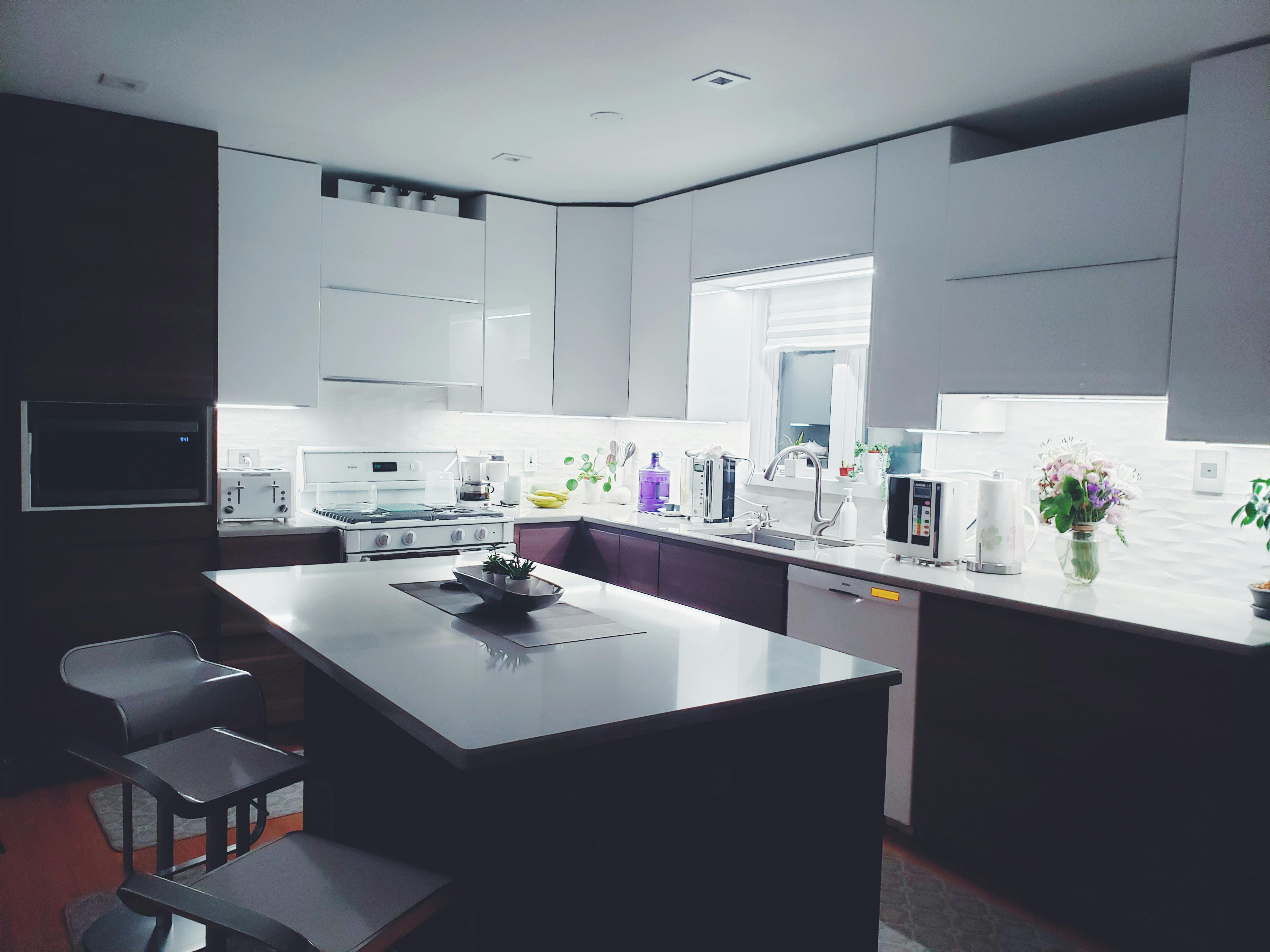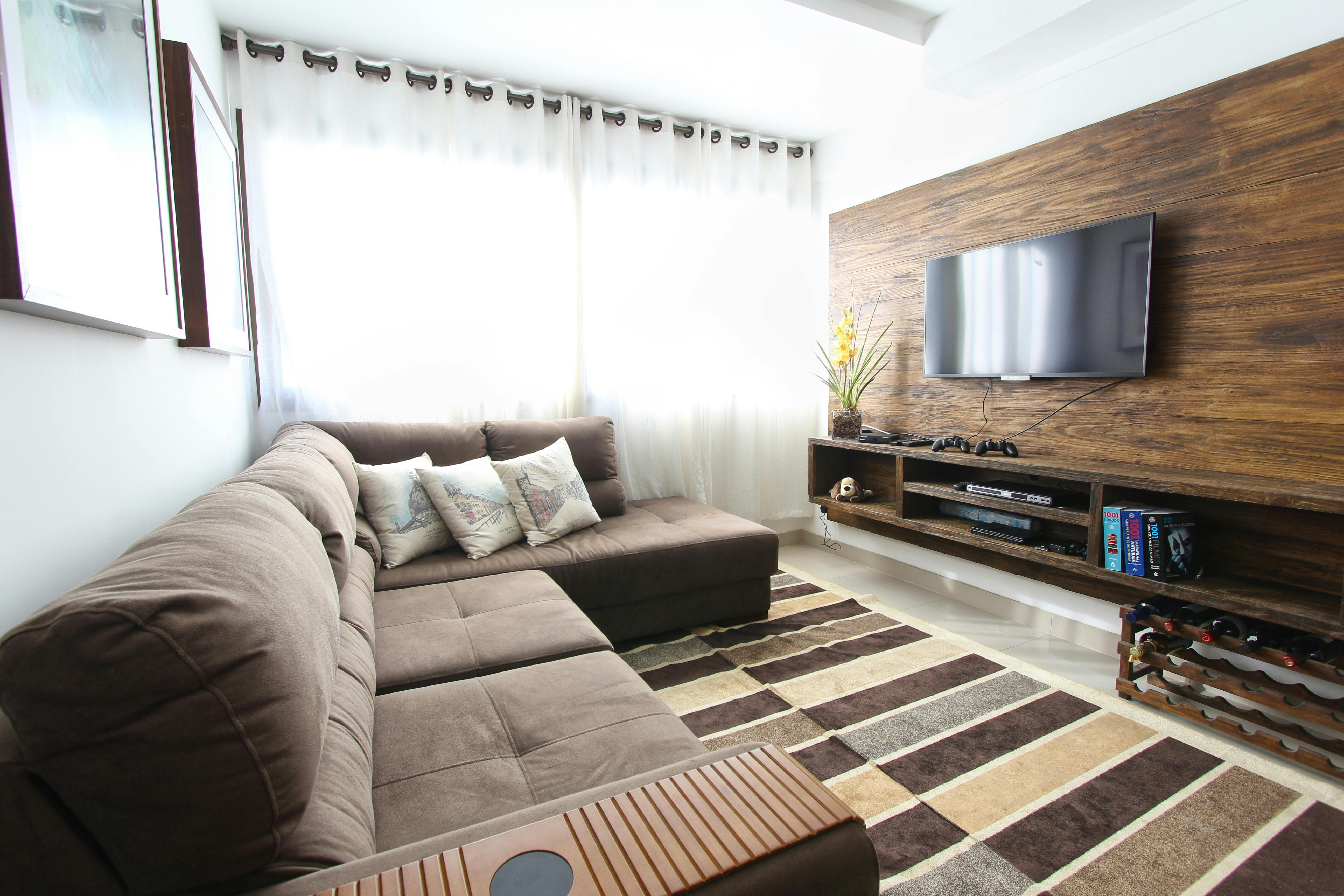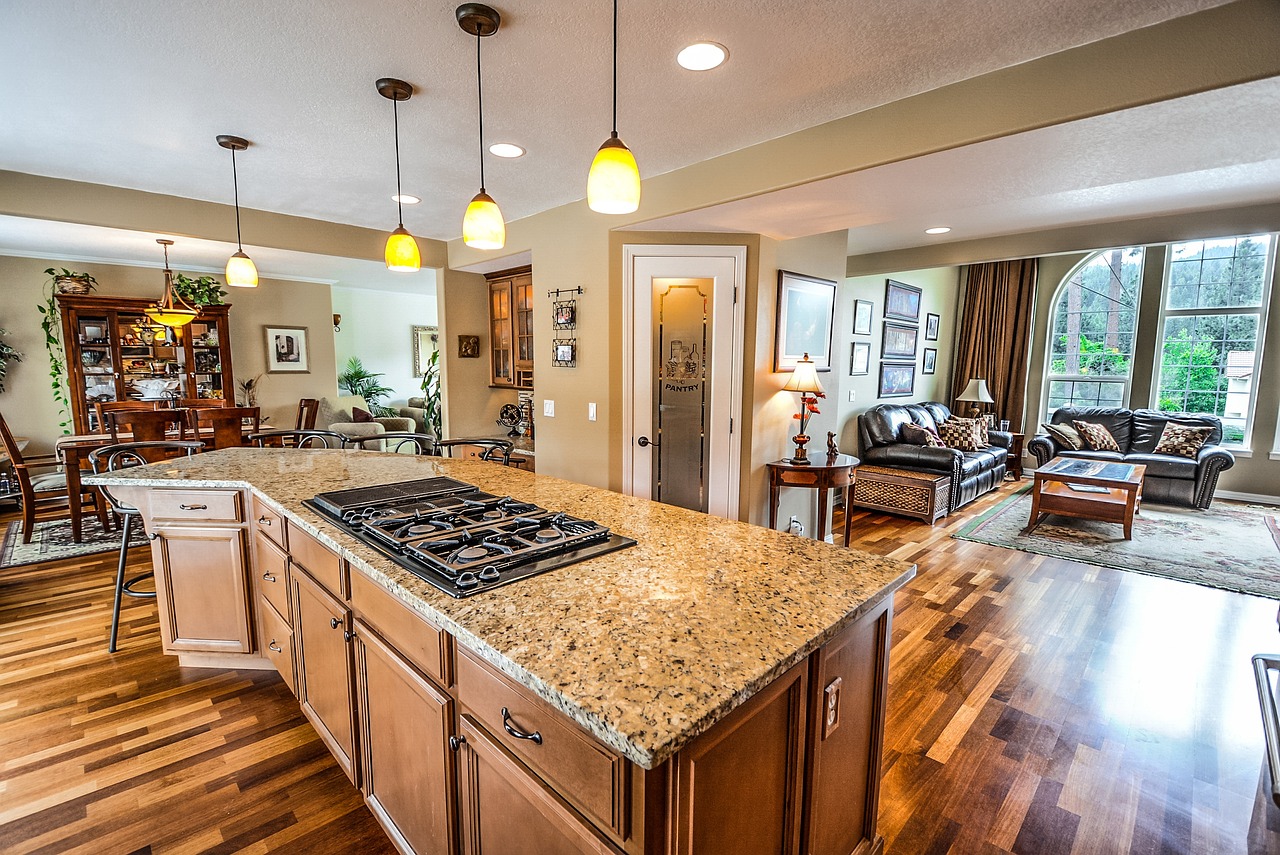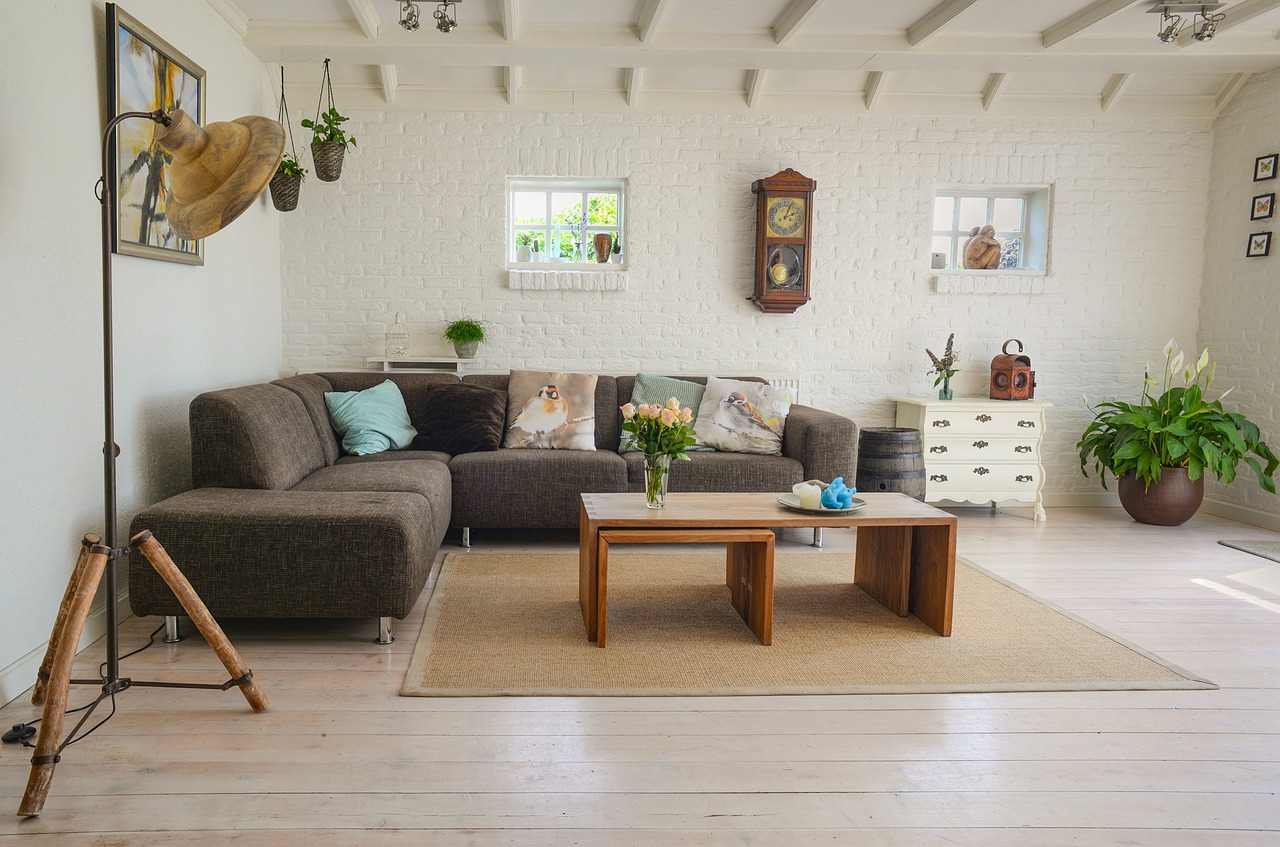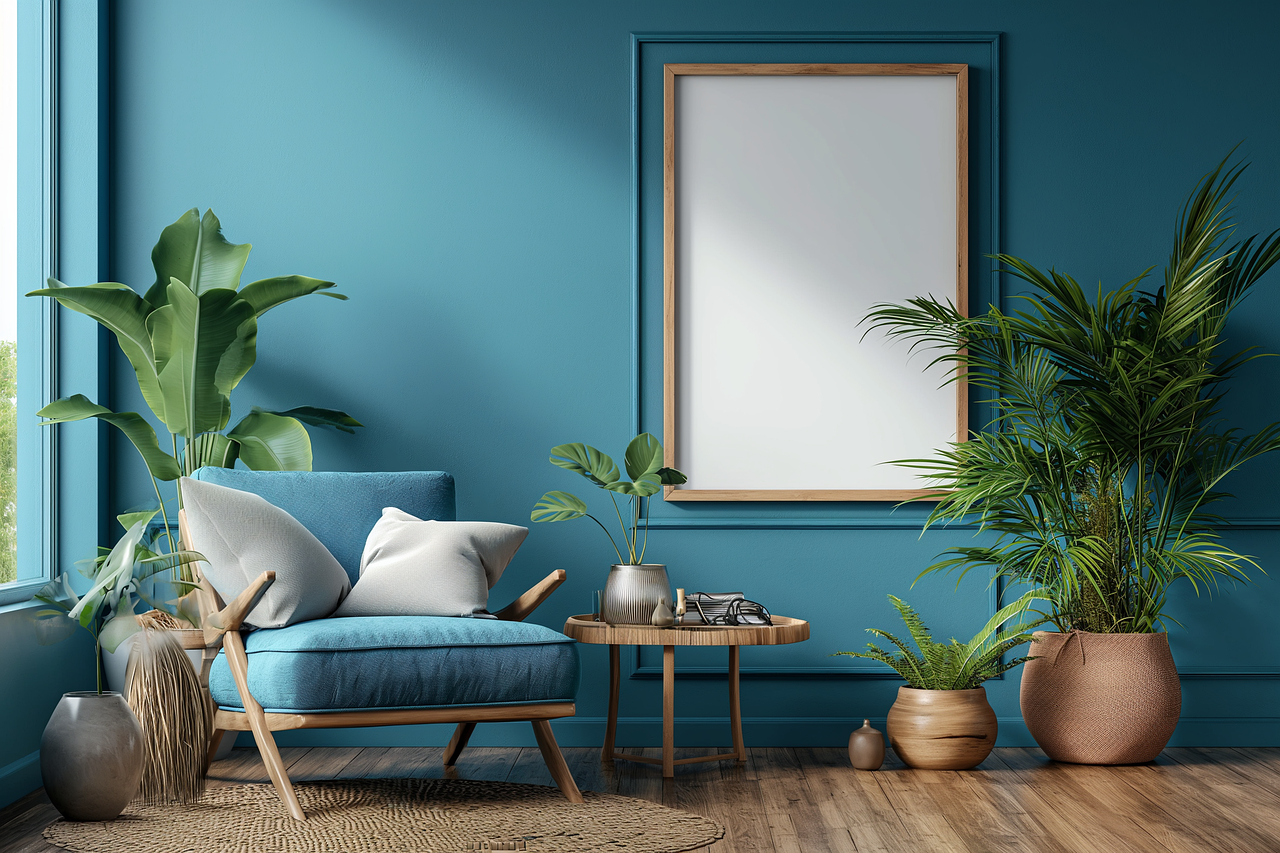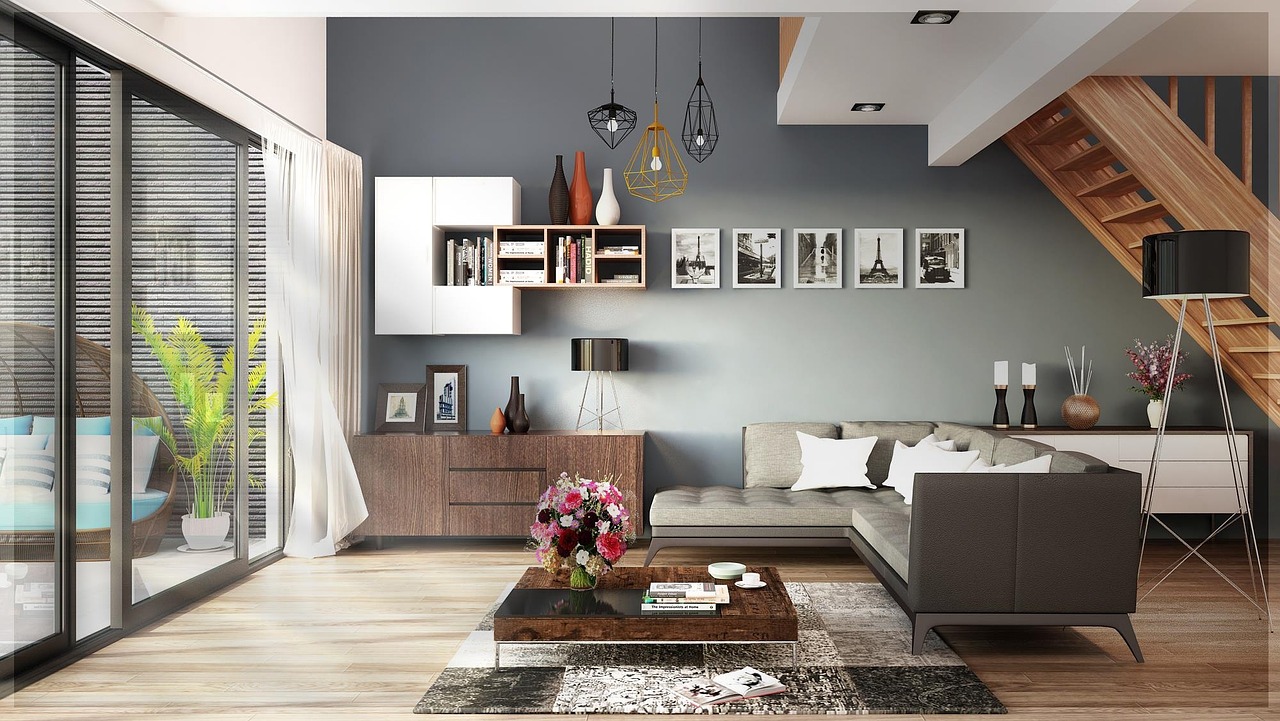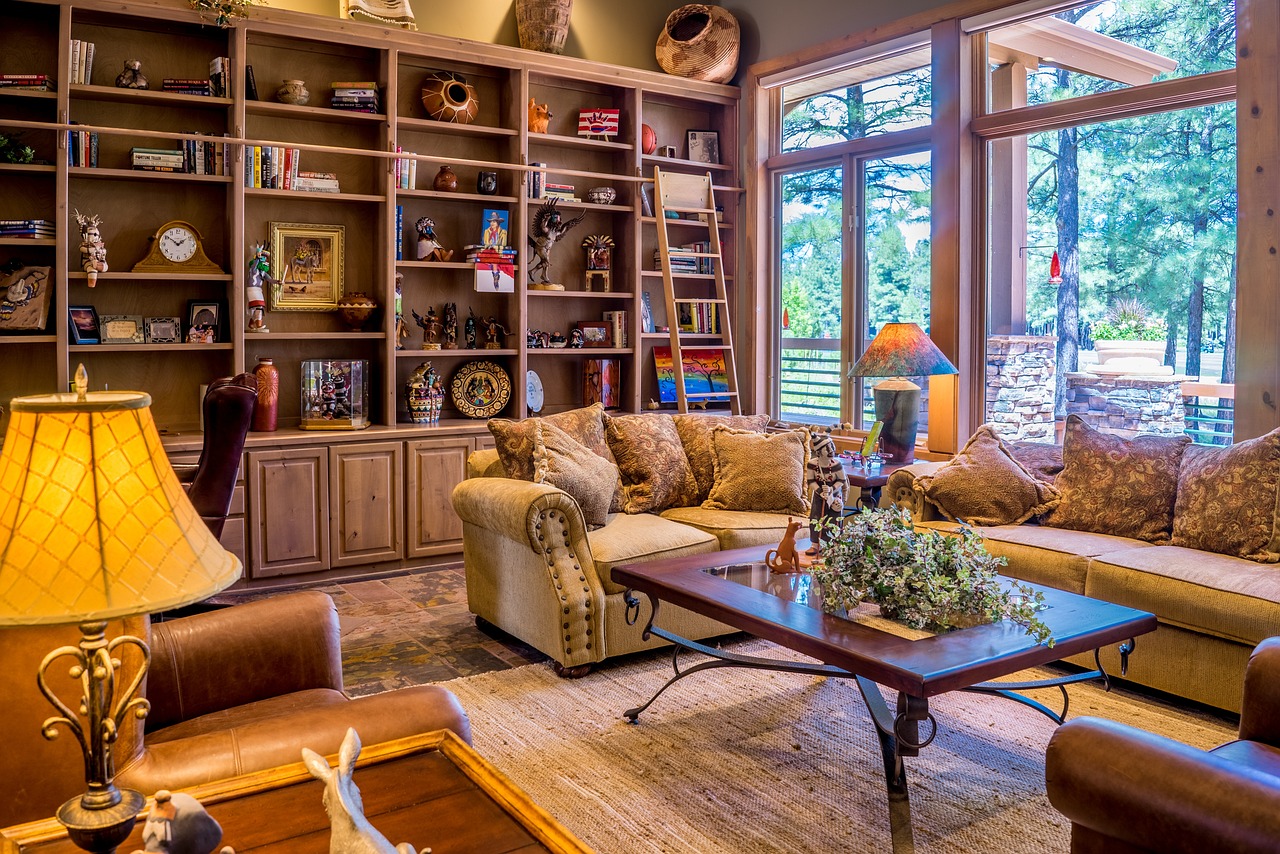
The Psychology of Interior Design: How Spaces Affect Your Mood
Interior design is more than just aesthetics—it has a profound impact on our emotions, productivity, and overall well-being. From the colors on the walls to the arrangement of furniture, every design choice plays a role in shaping our mood and mindset. In luxury interior design, understanding the psychology behind these elements is crucial to creating spaces that not only look beautiful but also feel harmonious and inviting.
The Power of Color
Colors have a direct psychological effect on our emotions. Different shades evoke different feelings:
Blue:
Known for its calming and serene properties, blue is ideal for bedrooms and bathrooms. It promotes relaxation and can help reduce stress and anxiety.
Green
Associated with nature and renewal, green is refreshing and restorative, making it perfect for living areas and home offices. It encourages balance and tranquility.
Red:
A bold and energetic color, red stimulates passion and excitement. However, it should be used in moderation in social spaces like dining rooms or accent walls to avoid overwhelming the senses.
Yellow:
A cheerful and uplifting color, yellow can bring warmth and positivity to kitchens and workspaces. However, excessive yellow can lead to feelings of restlessness.
Neutral Tones:
Shades like beige, white, gray, and taupe create a timeless and sophisticated look. They provide a neutral backdrop that enhances luxury elements while maintaining a balanced and elegant environment.
Luxury interiors often use a blend of soothing neutrals with carefully curated pops of color to create a refined yet emotionally engaging atmosphere.
Lighting and Ambiance
Lighting significantly influences how a space feels. The right lighting can transform a room from dull to dynamic:
Natural Light:
Sunlight boosts energy, enhances mood, and improves productivity. Large windows, skylights, and sheer curtains maximize natural light in a home.
Warm Lighting:
Yellow-toned lighting creates a cozy, intimate environment, perfect for bedrooms and lounges. It fosters relaxation and warmth.
Cool Lighting:
White or blue-toned lighting increases alertness and focus, making it ideal for offices and kitchens.
Layered Lighting:
Luxury interior design incorporates multiple lighting sources—ambient (overall illumination), task (focused lighting for specific activities), and accent lighting (used to highlight decor and architecture). Chandeliers, dimmable LED lights, and statement lamps add both function and elegance.
Space and Layout: The Flow of Energy
The arrangement of furniture and space planning impacts the energy and functionality of a room. Open layouts with minimal obstructions promote a sense of freedom and relaxation, while cluttered or poorly arranged spaces can feel chaotic and overwhelming.
Open-Concept Design:
Creating a seamless flow between rooms fosters an airy, welcoming environment.
Zoning:
Clearly defining different areas within a space—such as a cozy reading nook, an inviting dining area, and a functional workspace—improves usability and comfort.
Furniture Placement:
Strategically placing furniture to encourage easy movement enhances functionality and aesthetic appeal.
In luxury homes, strategic placement of furniture and décor ensures a seamless flow, encouraging comfort and a sense of spaciousness.
Textures and Materials: Engaging the Senses
The tactile experience of a space plays a key role in emotional well-being. Different textures and materials can evoke different feelings:
Plush Fabrics:
Velvet, silk, and cashmere add a touch of opulence and comfort.
Natural Materials:
Marble, wood, stone, and leather create a grounding effect and connect us with nature.
Glass and Metals:
These elements bring a sleek, modern touch, reflecting light and adding sophistication.
Soft Rugs and Upholstery:
These enhance coziness and warmth, making spaces more inviting.
Luxury interior design is all about balance—mixing textures to create a multi-sensory experience that exudes elegance and comfort.
Personalization and Emotional Connection
A well-designed space should reflect the personality and lifestyle of its inhabitants. Personal elements such as artwork, family heirlooms, and custom furniture pieces create an emotional connection, making a house truly feel like a home.
Art and Decor:
Handpicked art pieces and sculptures can evoke emotions and serve as conversation starters.
Bespoke Furniture:
Custom-made pieces add exclusivity and uniqueness to a space.
Scent and Sound:
Incorporating elements like scented candles, essential oils, and calming background music enhances the overall ambiance.
Bespoke luxury interiors focus on tailored designs that enhance the homeowner’s unique style while ensuring the space remains inviting and inspiring.
Conclusion
The psychology of interior design is a powerful tool in shaping how we experience our living spaces. By understanding the impact of color, lighting, space, textures, and personal elements, luxury interior design can create environments that enhance well-being, evoke positive emotions, and provide a sanctuary of comfort and beauty.
At Hemant Interiors, we specialize in crafting luxurious residential interiors that not only reflect sophistication but also promote harmony and joy. Let us transform your home into a space that truly uplifts and inspires you.


